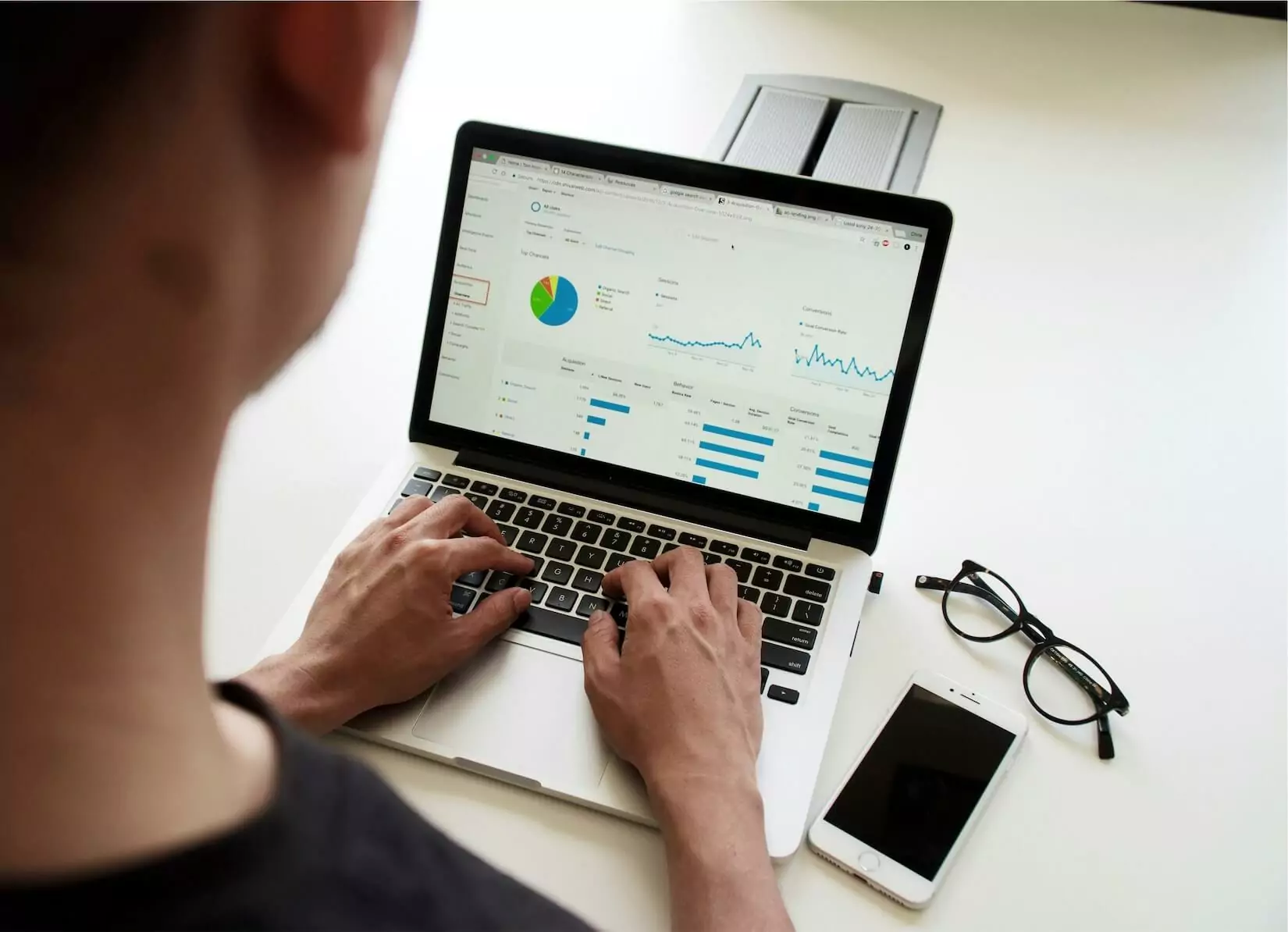Maintaining your balance sheet is no easy task. But doing so can help you take advantage of your cash flow and revenue. Planning your balance sheet helps you understand your assets, liabilities, and shareholder equity, which are all critical aspects of your overall financial health.
In this article, we’re looking at the ways your balance sheet can help you maintain a healthy financial standing. While planning your balance sheet takes some careful deliberation, the financial experts at Fully Accountable can help you take advantage of your business’s strengths so you can achieve sustained success.
But how do you make a balance sheet and do you know how to incorporate a balance sheet audit checklist? Continue reading to learn all there is to know about your business’s balance sheet.
What Is a Balance Sheet?
Businesses have three primary documents that help analysts and owners assess their company’s health. The income statement, cash flow statement, and balance sheet all have deep impacts on a company’s financial success. The balance sheet is the most important sheet for forecasting financial projections and gives you a detailed summary of all assets, liabilities, and the equity of the company. It can determine your company’s financial obligations and show you the best ways to invest your money. Lastly, balance sheets show you your business’s progress and how you can track financial performance.
What Comprises a Business Balance Sheet?
Not all business balance sheets will have the same metrics, but most have at least the following components: current assets, liabilities, and shareholder equity.
Current Assets
Assets describe anything a company owns outright. This can include both tangible and intangible assets and you can further separate these categories into liquid and fixed assets. Liquid assets describe assets that can readily be converted into cash. Fixed assets describe property such as land owned by your company in the form of buildings or company equipment.
Intangible assets are assets that aren’t physical but are under the sole ownership of the company. These assets bring increased value to the company through things such as patents, copyrights, brand names, intellectual property, and the company’s goodwill. The sum of these tangible and intangible assets comprises the company’s total assets and helps you create an accurate balance sheet.
Liabilities
All of your company’s debts together comprise your liabilities. The liabilities section of a balance sheet includes mortgages, bank loans, expenses, or other obligations you need to pay. Liabilities can be separated into short-term liabilities due to be paid back within the year and long-term liabilities that are not due within the year.
Short-term liabilities include items such as office supplies, marketing expenses, payroll taxes, and short-term loan payments. Long-term liabilities include things such as deferred liabilities and bond payments.
Shareholder Equity
Shareholder equity or owner’s equity is the sum of the money owners will get if the business’s assets need to be liquidated and all the debts and liabilities get paid off. This does not include retained earnings or earnings you need to reinvest. Payment proposed for the repayment of debts is not included in the owner’s equity. From this section in the balance sheet, shareholders automatically have access to the business’s performance and stability. If your company is performing well within its market, the shareholder equity will increase.
Are Business Balance Sheets Important?
It’s natural to question how important the business balance sheet is to your success. You can answer this question by looking at what this sheet provides you. Regardless of your company size, the business balance sheet reveals vital information about your performance. To start, the balance sheet can be one of the most useful documents for your business, even if you are just beginning.
Outside of keeping a record of debits and credit, the balance sheet allows you to compare your business progress and metrics with other enterprises in your industry. Maintaining these comparisons and monitoring your progress and metrics with other enterprises will help your business continue to grow. Balance sheets also keep all of your most important employees on the same page about capital availability, assets, and potential losses, or gains.
Balance sheets also help you determine whether you should take more debt or increase or decrease the current interest rate. You can take your financial decisions
How to Prepare Your Balance Sheet
Once you understand the components of your balance sheet, you can start to create it. There are plenty of software programs and templates available. To begin your balance sheet, start by following these steps:
- Determine whether you want to report for the month, quarter, or year.
- Gather all of your financial information.
- Fill in the correct amounts of assets and liabilities. Assets should be on the left and liabilities should be on the right.
- Examine your retained earnings or equity.
- Balance both sides out.
Understanding Your Balance Sheet
After filling out your balance sheet, you should start the analysis process. Balance sheets can offer many intriguing insights. These include your company’s net worth, areas that require more organization, progress over time, and the ability to assess whether your business is attractive to other lenders. You can also use your balance sheet to calculate any key ratios. Key ratios help you understand your business’s financial standing.
The following metrics help you determine your financial standing:
Debt Ratio: The debt ratio helps you determine your financial status by determining your total liabilities against your total assets. Your debt ratio = total liabilities/total assets.
Working capital: Working capital refers to the funds you use to cover operating costs. They can be calculated using the working capital = current assets – current liabilities formula.
Debt-to-Equity Ratio: The debt-to-equity ratio reveals your business’s capital leverage and whether the majority of your debt or shareholders’ equity. You can calculate it by dividing your total liabilities by your total equity.
Balance Sheet FAQs
Do Small Businesses Need Balance Sheets?
While balance sheets are not necessarily required, business owners should create and maintain these statements to help prioritize their business initiatives. You might be able to also improve your financial leverage with potential lenders or investors.
What’s the Difference Between an Income Sheet and a Balance Sheet?
The difference between an income statement and a balance sheet can be represented by the layout they use. Balance statements show a company’s assets, liabilities, and equity at a specific point in time while income statements reveal revenues and expenses over an extended time.
Conclusion – Maintaining Your Balance Sheet This Summer
Creating a balance sheet is critical to solidifying your business’s financial success. It essentially creates a snapshot of all of your assets, liabilities, and shareholder equity. This tool isn’t only used for shareholders, but for the company as a whole.
Using your balance sheet, you will be able to make more informed financial decisions about the future of your company. At Fully Accountable, we believe you should have access to a team of financial professionals who can guide you to the right financial decisions, no matter what type of industry your company is in.
If you’re wondering how to maximize the value of your balance sheet, contact us today. Our outsourced accounting services can help you take advantage of all your unrealized profits.
Fully Accountable is an outsourced accounting and fractional CFO firm that specializes in ecommerce accounting for online businesses. As a Inc 5000 fastest growing companies award winner, our diverse team of accountants, bookkeepers and CFOs can help you improve your cashflow and effectively manage and grow your bottom line.





